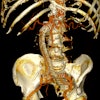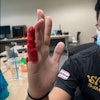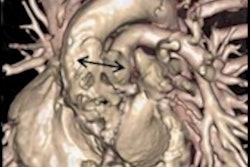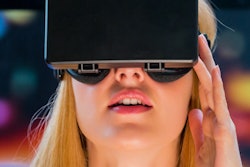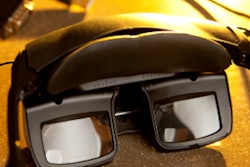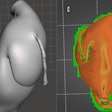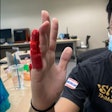Dear Advanced Visualization Insider,
Virtual reality (VR) technology has shown potential for a variety of applications in radiology, including education and image-guided surgery. But it can also be used to improve the experience of patients undergoing MRI, according to a presentation at last week's International Society for Magnetic Resonance in Medicine (ISMRM) virtual conference.
Researchers from King's College London have developed a VR-based system that shows promise for mitigating claustrophobia in patients receiving a head MRI. In testing of nearly 30 adult and pediatric patients, all participants provided positive feedback on the immersive aspects of the system.
In other advanced visualization presentations at ISMRM 2020, a team of researchers from the U.S. described how augmented reality can be a useful alternative to traditional MR console software for controlling the scanner and viewing images. Also, German researchers presented their method for automatically localizing anatomical regions of interest on 3D medical data.
3D printing, volume rendering, and 3D modeling software are playing an increasing role in the diagnosis of congenital heart disease, a Spanish group recently reported at ECR 2020. These techniques are helping to define complex cardiovascular anatomy and extracardiac vascular structures and their relationships with the airways.
In other 3D printing news, a U.K. group has reported that CT scans can be used successfully to create 3D-printed bone cages that can help prevent amputations in patients with severe fractures.
Meanwhile, VR technology has also been shown to be an effective training method for interventional radiology. In addition, Irish researchers have found that 3D VR radiography simulation can be a valuable pedagogical tool in radiography education.
Investigators from Switzerland have concluded that radiomics and artificial intelligence could help to predict if a particular treatment strategy for acute ischemic stroke will be successful, as well as how difficult the procedure will be. Also, a team of French developers said they have extended their 2D ultrafast Doppler coronary angiography technique to also provide 3D imaging and quantification of coronary blood flow in a single heartbeat.
Is there a story you'd like to see covered in the Advanced Visualization Community? Please feel free to drop me a line.

